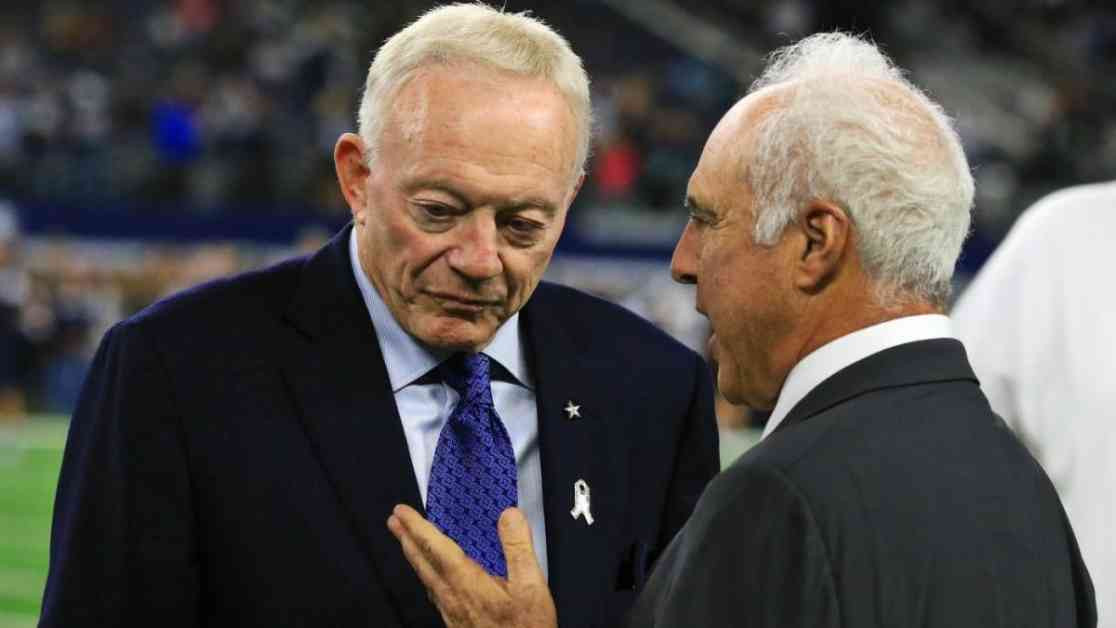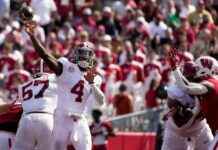The NFL is seeing a trend of escalating quarterback salaries, with each new contract setting new records and raising concerns among team owners. As more quarterbacks, even those with inconsistent performances, command historic paydays, some owners are considering implementing a separate cap specifically for quarterback salaries. This move aims to prevent quarterback contracts from exceeding a certain percentage of the team’s total salary cap.
For example, Joe Burrow of the Cincinnati Bengals currently holds the NFL’s highest average salary of $55 million per year. This hefty contract is projected to consume nearly 25% of the Bengals’ overall salary cap annually, leaving only 75% for the rest of the team. To address this issue, some suggest adopting a model similar to the NBA, which imposes restrictions on maximum contract amounts based on a percentage of the salary cap.
While this idea has not gained widespread support among NFL owners, the league faces the challenge of teams feeling pressured to sign quarterbacks to costly deals, even if their performance does not justify such investments. Opting not to sign a quarterback or exploring alternative options under center presents its own set of risks, given the importance of the position in the NFL. However, teams must weigh the potential consequences of allocating too much salary cap space to one player against the benefits of diversifying their investments across the roster.
As the quarterback market continues to soar, teams must navigate the delicate balance between securing top talent at the position and maintaining financial flexibility to build a competitive team overall. The ongoing discussions among NFL owners highlight the need for strategic decision-making and long-term planning to address the challenges posed by the evolving landscape of quarterback contracts in professional football. By exploring innovative solutions and staying mindful of the league’s financial constraints, teams can adapt to the changing market dynamics while remaining competitive on the field.












